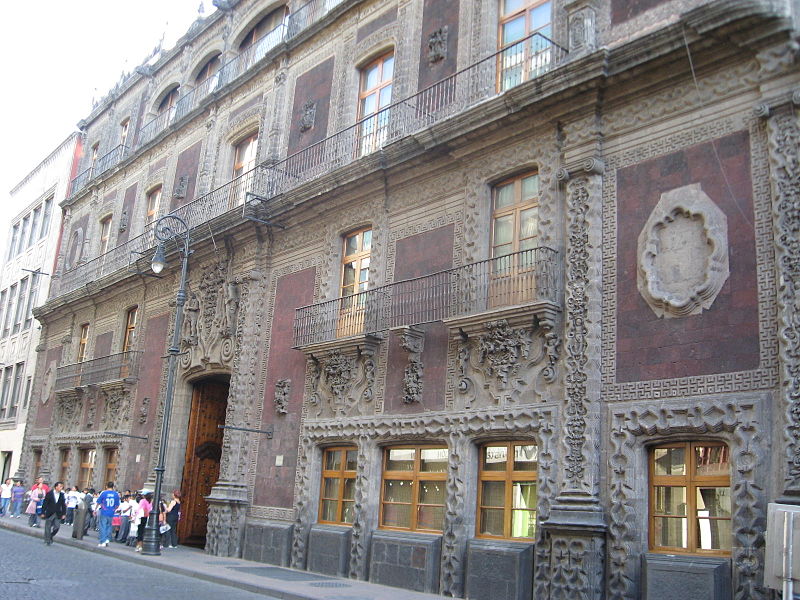
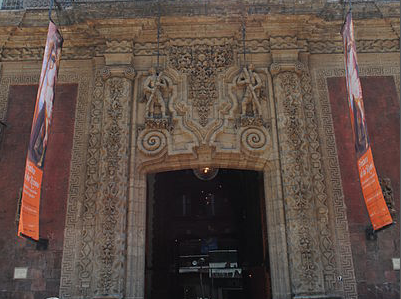
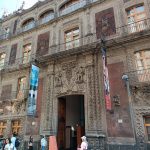 Popularly known as the "Palacio de Iturbide," the palace was built by architect Francisco Guerrero y Torres in 1782. It was built as a dowry given by the Marquis of Jaral de Berrio to his daughter at her marriage to the Marquis de Villafont. With Mexican Independence, the palace was occupied by Agustín de Iturbide and his family. Troops arrived to the building to cheer him as emperor, and thus began the First Mexican Empire.
The elegant façade is one of the best examples of "civil Baroque" architecture in Mexico City. The two atlantes placed over the high gate stand out. The majestic courtyard is formed by arcades supported by slender columns, influenced by the courtyard of the Royal Palace of Palermo, in Italy. The palace is currently a cultural precinct dedicated to important temporary exhibitions and called the Palacio de Cultura CitiBanamex.
Popularly known as the "Palacio de Iturbide," the palace was built by architect Francisco Guerrero y Torres in 1782. It was built as a dowry given by the Marquis of Jaral de Berrio to his daughter at her marriage to the Marquis de Villafont. With Mexican Independence, the palace was occupied by Agustín de Iturbide and his family. Troops arrived to the building to cheer him as emperor, and thus began the First Mexican Empire.
The elegant façade is one of the best examples of "civil Baroque" architecture in Mexico City. The two atlantes placed over the high gate stand out. The majestic courtyard is formed by arcades supported by slender columns, influenced by the courtyard of the Royal Palace of Palermo, in Italy. The palace is currently a cultural precinct dedicated to important temporary exhibitions and called the Palacio de Cultura CitiBanamex.
Heart of México Walking Route: Alameda - Madero
< < Casa de los azulejos | La Profesa > >
Proyecto “Corredor de Cultura Digital”.
Nombre de la investigación: Investigación Centro Histórico, Monumentos, Edificios y Puntos de Interés (2023)
Dirección de investigación y diseño de Rutas: Acércate al Centro A.C. Guadalupe Gómez Collada
Coordinación e investigación histórica: Fideicomiso del Centro histórico Dir. Maestra Loredana Montes
 contacto@fomentoculturalbanamex.org
contacto@fomentoculturalbanamex.org
 +52 (55) 12260124
+52 (55) 12260124
 https://fomentoculturalbanamex.org/palacioIturbide.html
https://fomentoculturalbanamex.org/palacioIturbide.html
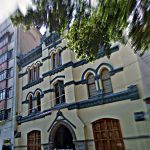
Nearest at 0.08 kms.
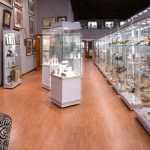
Nearest at 0.09 kms.
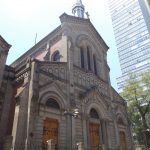
Nearest at 0.09 kms.
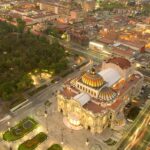
Bellas Artes has long been an iconic symbol of Mexico City's culture and performing arts.

One of Pedro de Arrieta's most lasting contributions to the look and feel of the City.
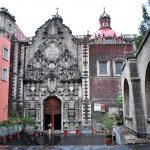
One of the oldest places on today's calle Madero, the temple is only accessible through a remaining side chapel.
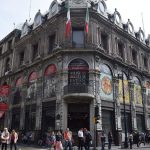
One of the most eclectic of museums, at home in one of the most dynamic of late 19th century buildings.
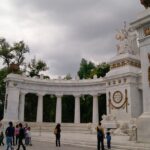
The Benito Juarez monument is just one of the most prominent points of interest in the Alameda Central.